How you manage and reduce business risk is critical to your company's success. As a third-party administrator, Constitution State Services brings skilled professionals and innovative tools and resources to help you manage your total cost of risk and strengthen your business advantage.

TPA Advantage: Boosting Injury Recovery Rates with Workplace Mental Health Initiatives
When supporting employees with workplace injuries, open discussions about mental health can enhance outcomes.

Securing Your Bottom Line: TPAs Can Help Shield Businesses from the Impact of Organized Insurance Fraud
Learn about how insurance fraud perpetrators are becoming more organized and far-reaching.
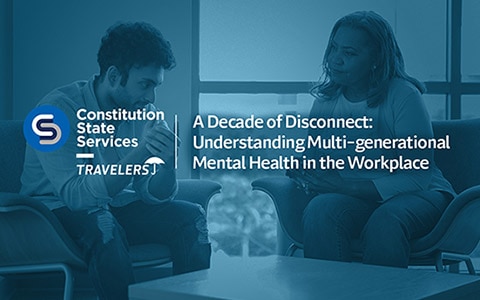
Impact of Generational Differences on Workplace Mental Health
A Constitution State Services and Travelers discussion about generational differences that impact mental health and injured employee recovery.
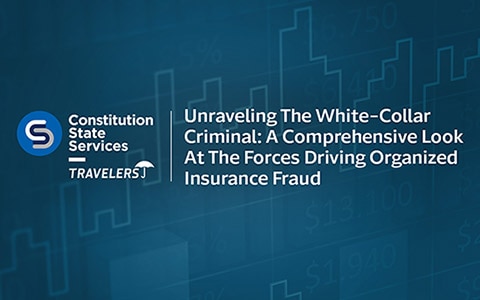
Organized Insurance Fraud: Unraveling the White-Collar Criminal
A Constitution State Services and Travelers discussion about how insurance fraud perpetrators are becoming more organized and far-reaching.
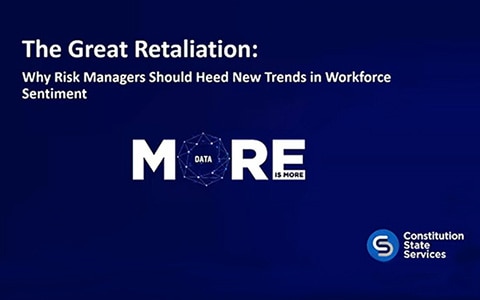
Trends Bringing a New Era of Workforce Risk [Videos]
Explore a comprehensive analysis from Dr. Anthony Klotz of the emerging trends in workforce risks and the need for effective employee engagement.
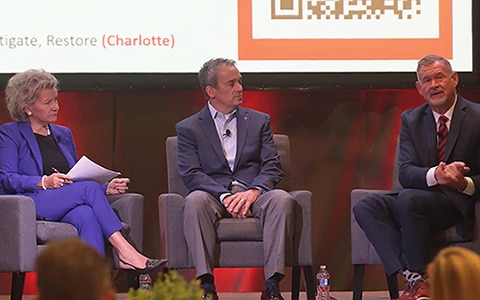
Building a Better Workplace [Video]
A Constitution State Services and Travelers discussion about how to create a safer, healthier and more engaging workplace and insights about the future of workforce well-being. Watch the video replay on Travelers.com.

Striking the Right Balance in Workers Compensation Claim Management
Injured employees and their employers still value personal connection at important points in their workers compensation claim experience.
![Navigating the Liability Landscape in the Age of the Nuclear Verdict [Video]](/iw-images/ctstate/small/css-webinar-navigating-liability-landscape-small.jpg)
Navigating the Liability Landscape in the Age of the Nuclear Verdict [Video]
Constitution State Services and Travelers professionals discuss recent case examples to illustrate how the legal environment is changing and share best practices.

Trends Driving Escalating Jury Verdicts
Tectonic shifts over the past five years are driving unprecedented volatility in liability claims. These shifts are not caused by any single factor but by several broad issues that combine to make for a less predictable litigation environment.

6 Things to Look for When Choosing a TPA Provider
Working a trusted third-party administrator can help your business manage risks and control loss costs.

A Hands-on Guide to Working Effectively With Your TPA
Strong relationships are key to effectiveness and over time become the reason companies continue to work together.

4 Ways Predictive Analytics Can Help Mitigate Large Loss Claims
Predictive analytics can help identify claim trends, equipping Claim professionals with strategies to contain loss costs.

How a TPA Helps Manage Liability Claims in a Challenging Legal Environment
With legal and medical expertise, a TPA can help manage complex insurance claims.

How Self-insured Businesses Can Curb The Cost Of Claims In A Volatile Economy [Infographic]
Learn how Constitution State Services leverages technology and data analytics to help mitigate the impact of claims.

InsurTech Trends and Innovations in Third-Party Claim Administration
InsurTech trends are helping risk managers protect their business and helping third-party claims administrators to provide assessments after a claim.

Protecting New Employees from Injuries on the Job
First-year employees can be at greater risk of injuries on the job, but there are steps that employers can take to help keep them safe at work.

Bring Together Art, Science & You in TPA Predictive Analytics
Having trained professionals who understand predictive models, how to interpret the data, and the best way to act on it is the art of claim management.

The Social and Psychological Impact of Injuries at Work
Looking beyond the physical issues of an injured employee can help reduce costs, save time and improve the path to recovery after a workers compensation claim.

Balancing Big Data and Claim Professionals to Optimize Outcomes
Constitution State Services professionals explore what it takes to operationalize the balance between big data and Claim professionals to achieve optimal results.

What Is Driving Higher Employee Resignations?
High resignation rates impact businesses and the employer/employee dynamic. Discover insights and strategies to get ahead of workforce risks.
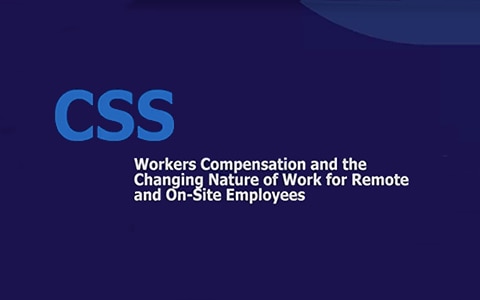
Workers Compensation and the Changing Nature of Work for Remote and On-Site Employees [Videos]
With the changing nature of remote work comes new safety and claim considerations. What do you need to be aware of, and how can you get ahead of new types of injuries?
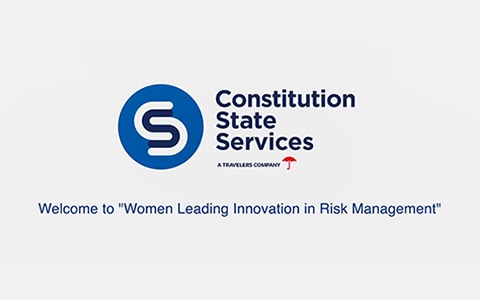
Driving Innovation for Risk Managers [Video]
Watch this replay of the Constitution State Services webinar “Women Leading Innovation in Risk Management” from RIMS 2021. Our panelists offer insights about driving innovation in their organizations.
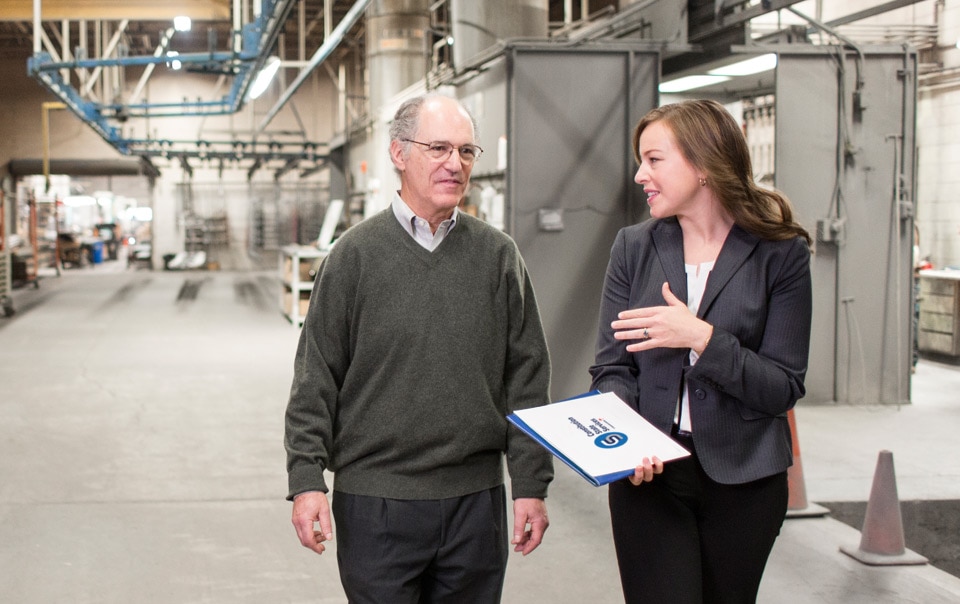
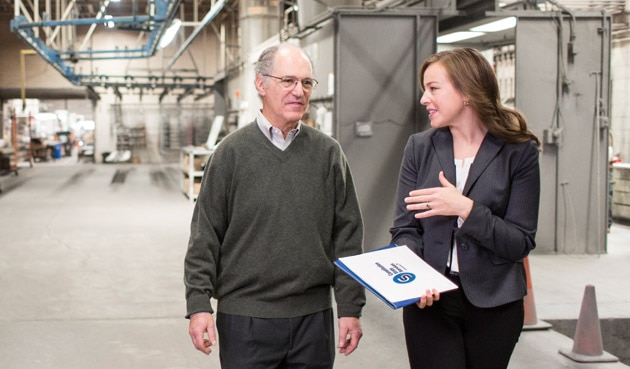
About Our Company
Constitution State Services is a custom service provider and subsidiary of Travelers.